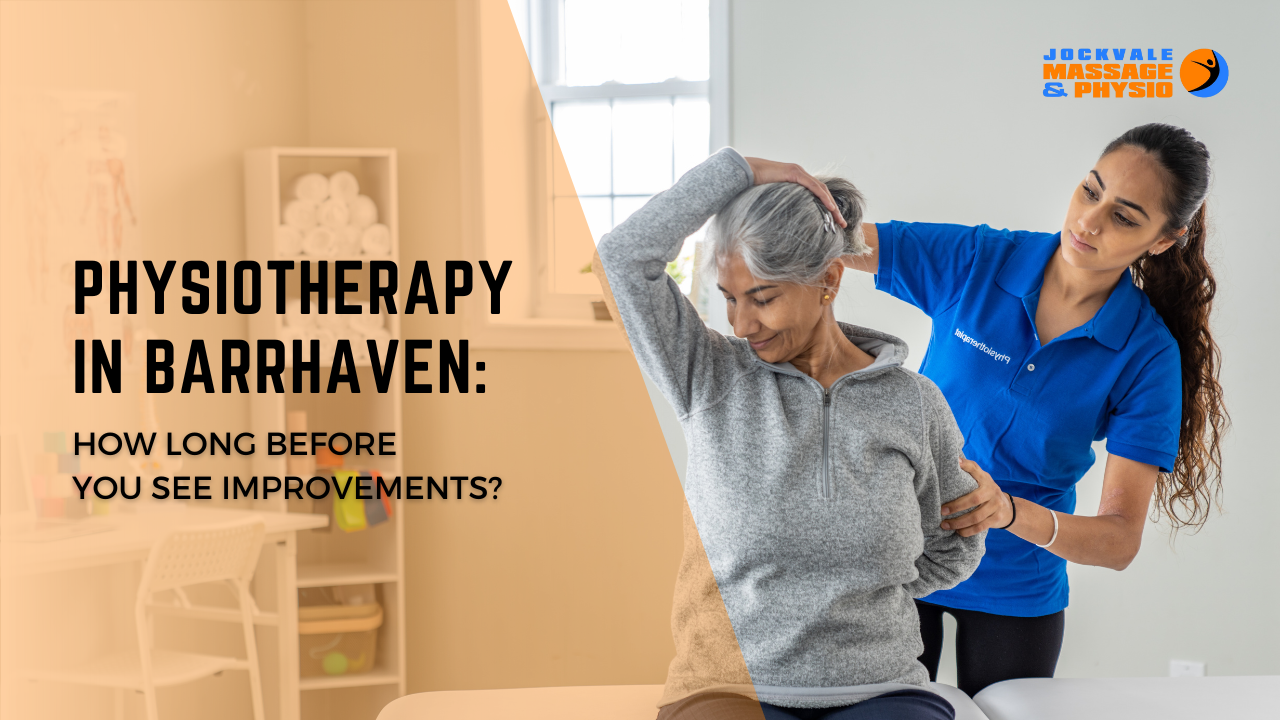The world of physiotherapy can be a mystery, especially for those who are considering it for the first time. One common concern we often address at our Barrhaven clinic is: “Will physiotherapy be painful?” Let’s unpack this query and offer clarity to potential patients browsing our website with this very question in mind.
1. Understanding ‘Good’ Pain vs. ‘Bad’ Pain
In the realm of physiotherapy, it’s essential to differentiate between two types of discomfort:
- Good Pain: This is the sensation you feel when a muscle or joint is being stretched or worked in a way it’s unaccustomed to. It’s a sign that your body is being challenged, which is necessary for recovery and strengthening.
- Bad Pain: This is sharp, sudden, or excruciating pain, indicating that something isn’t right. If you ever experience this during a session, it’s crucial to communicate with your physiotherapist immediately.
2. Techniques That Might Cause Discomfort
Some physiotherapy techniques, like deep tissue massage or joint mobilizations, might cause temporary discomfort. This sensation is the ‘good’ pain and is typically followed by a feeling of relief or increased mobility.
3. Communication is Key
Your physiotherapy session should never be an ordeal of endurance. Open communication with your therapist is crucial. They will guide you through each exercise or technique, ensuring it’s beneficial without crossing the threshold into ‘bad’ pain.
4. Post-Session Sensations
After your session, it’s not uncommon to feel some soreness, much like after a workout. This sensation is temporary and often a sign that the body is healing and adapting. However, severe or prolonged pain is not a typical response and should be communicated to your therapist.
5. Every Body Reacts Differently
Everyone’s pain threshold is different. What might be a mild discomfort for one could be more intense for another. Your physiotherapist will always strive to work within your comfort level while ensuring the session is effective.
6. The Benefits Outweigh the Discomfort
The minor discomforts experienced during physiotherapy are temporary and often pale in comparison to the relief and mobility improvements gained over time. For many, enduring a moment of ‘good’ pain leads to hours, days, or even weeks of relief.
Physiotherapy is a journey of healing, strengthening, and recovery. While there may be moments of discomfort, it should never be an overwhelmingly painful experience. The skilled therapists at Jockvale Massage & Physio prioritize patient comfort and safety, ensuring that your path to improved health is as smooth as possible.
Are you in the Barrhaven area and considering physiotherapy? Do you have more questions or concerns? Don’t hesitate to reach out. Phone or email us to book an appointment or for further discussion.
We’re here to guide, reassure, and assist you every step of the way.




